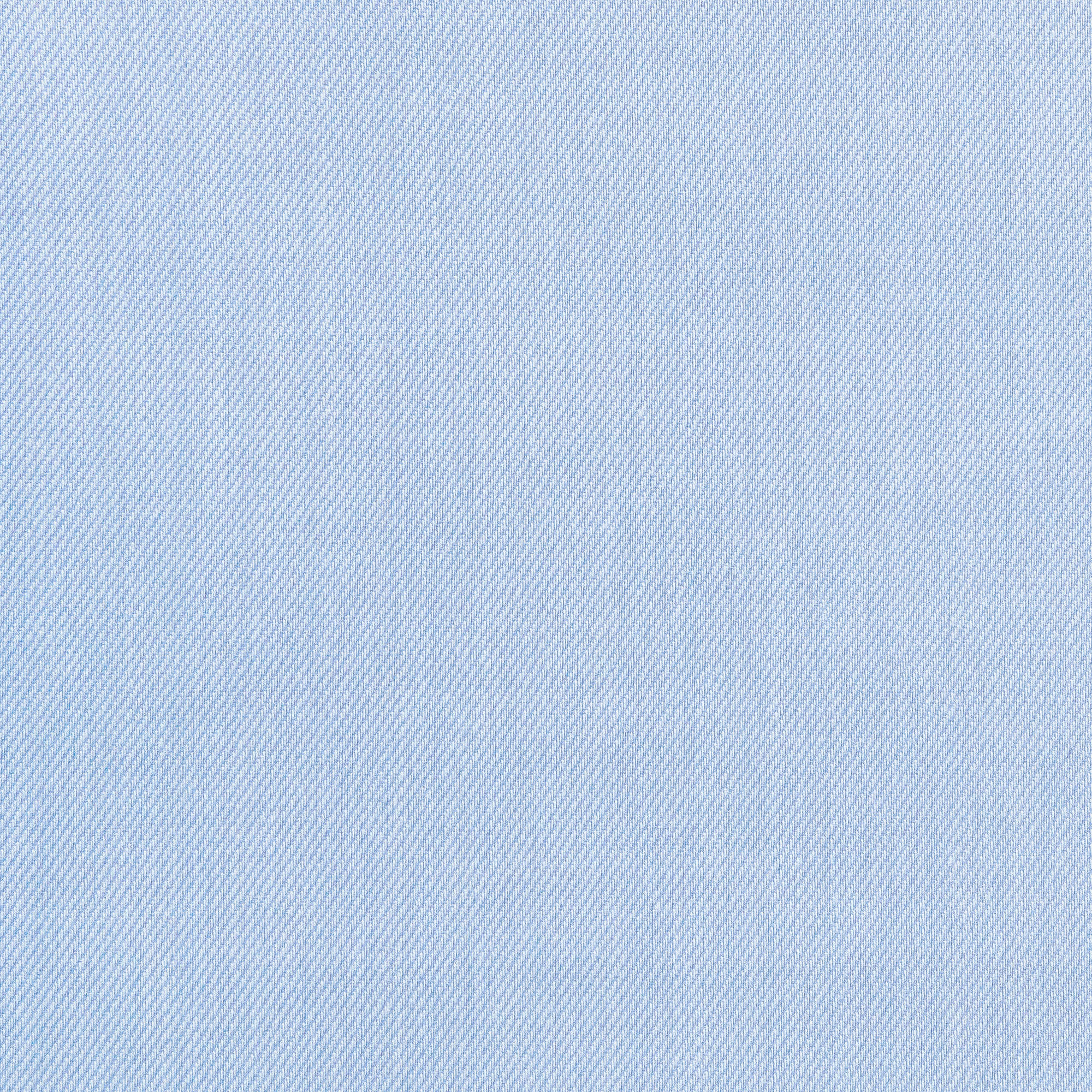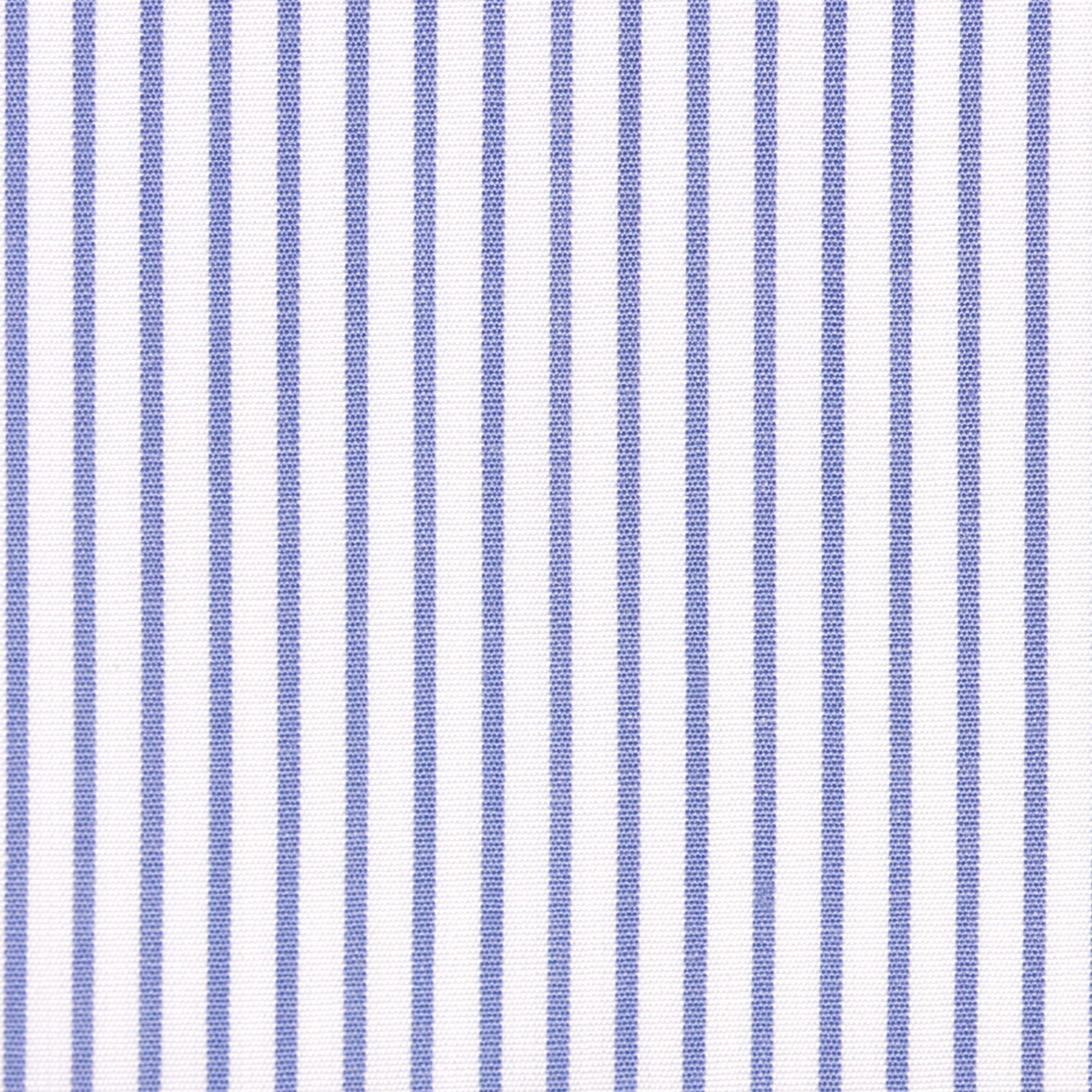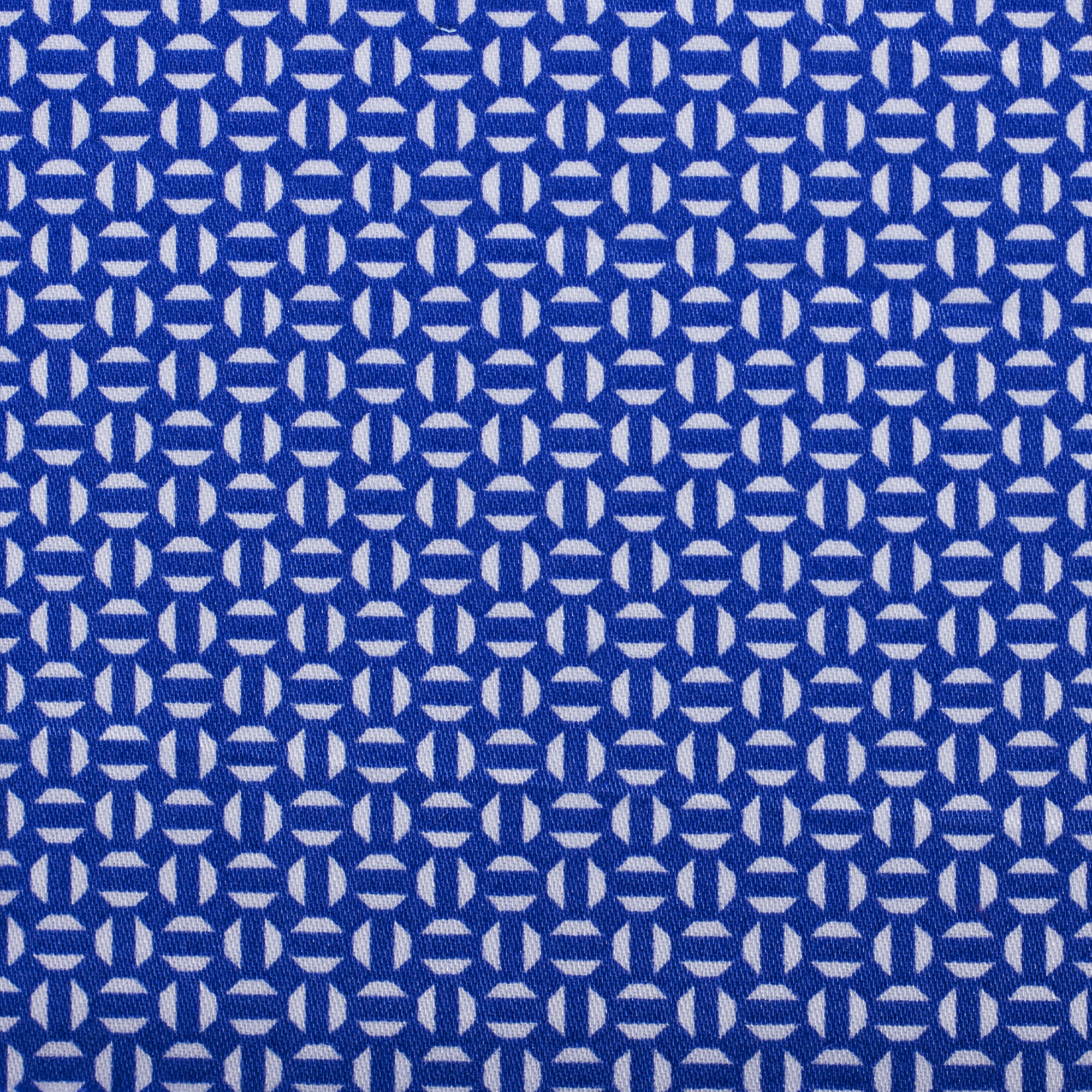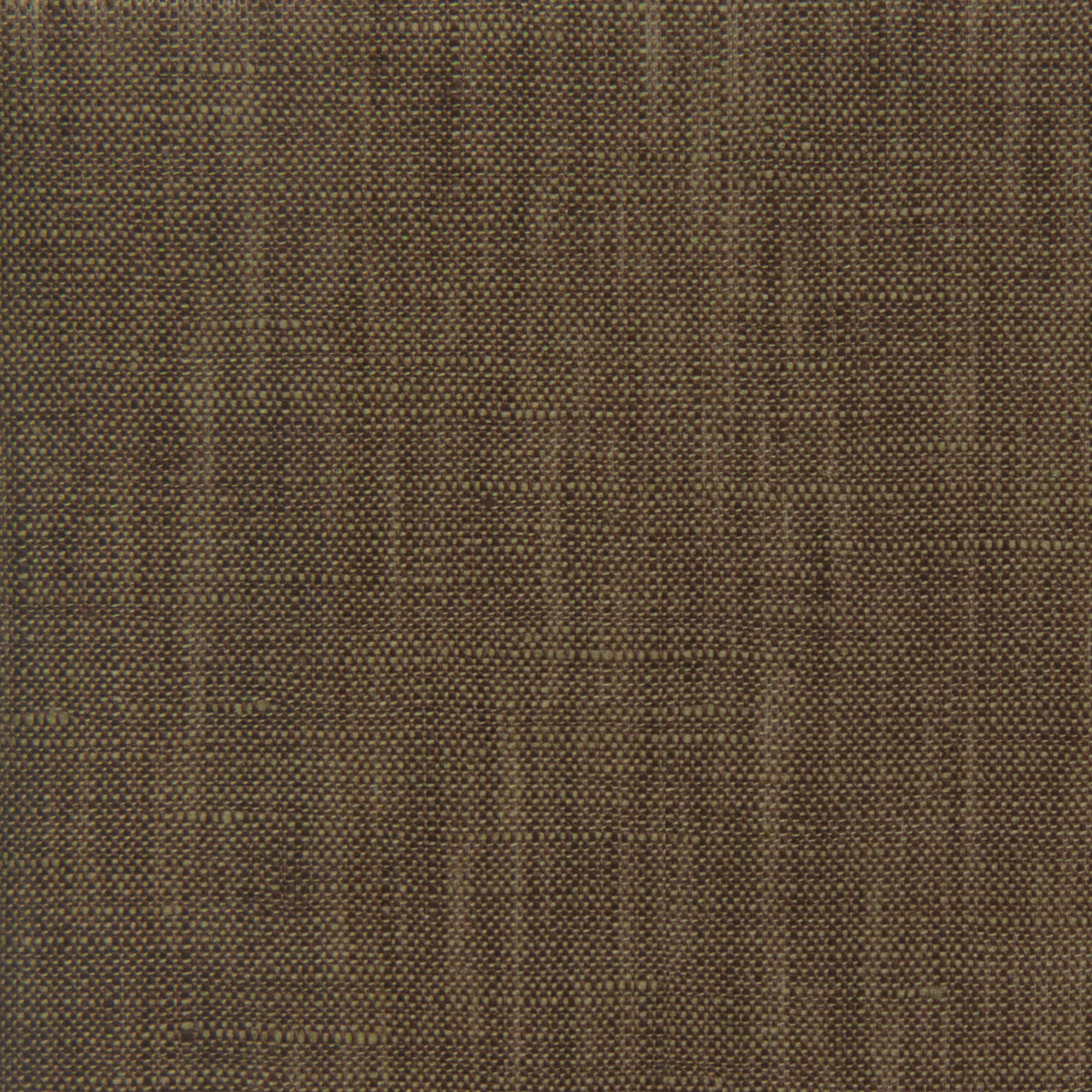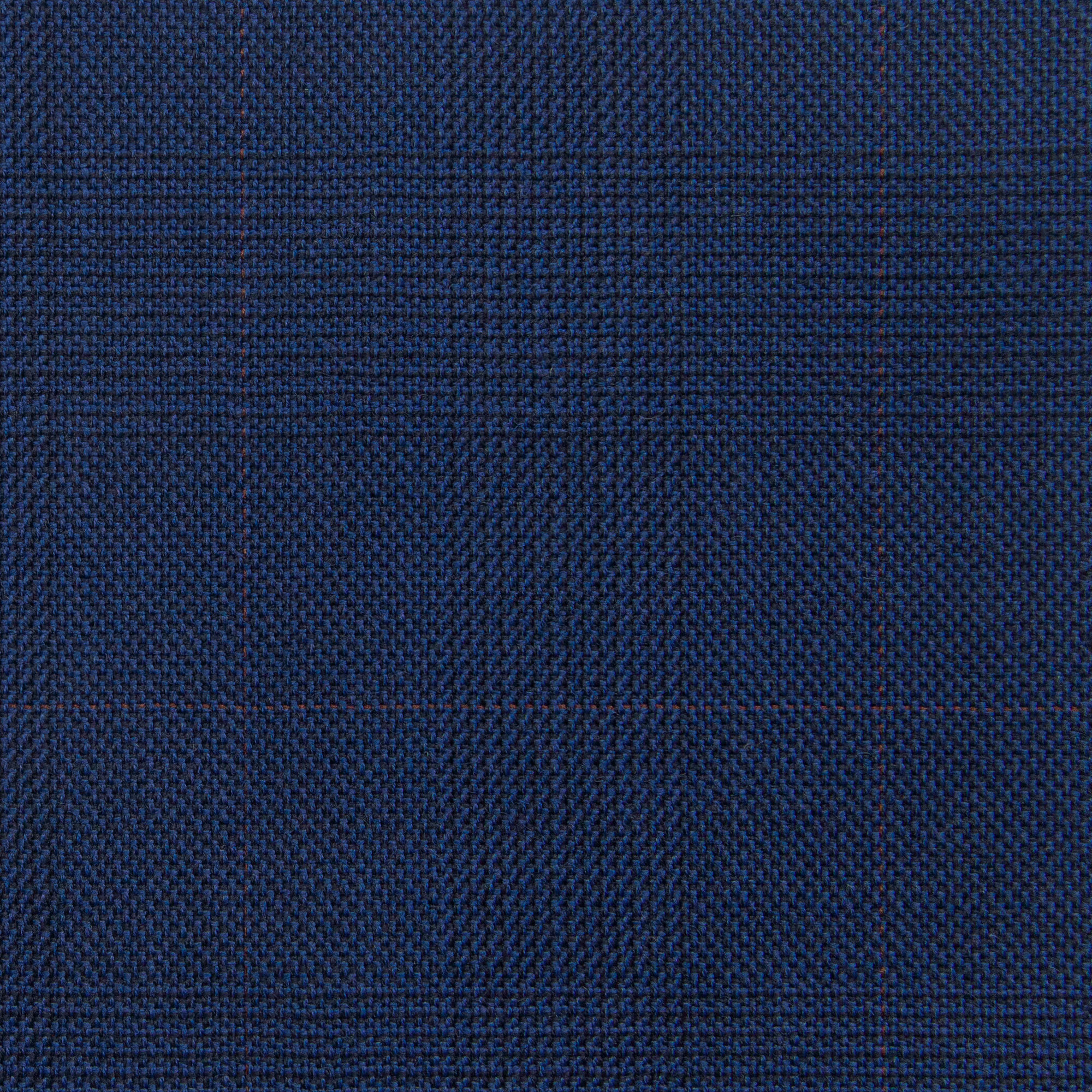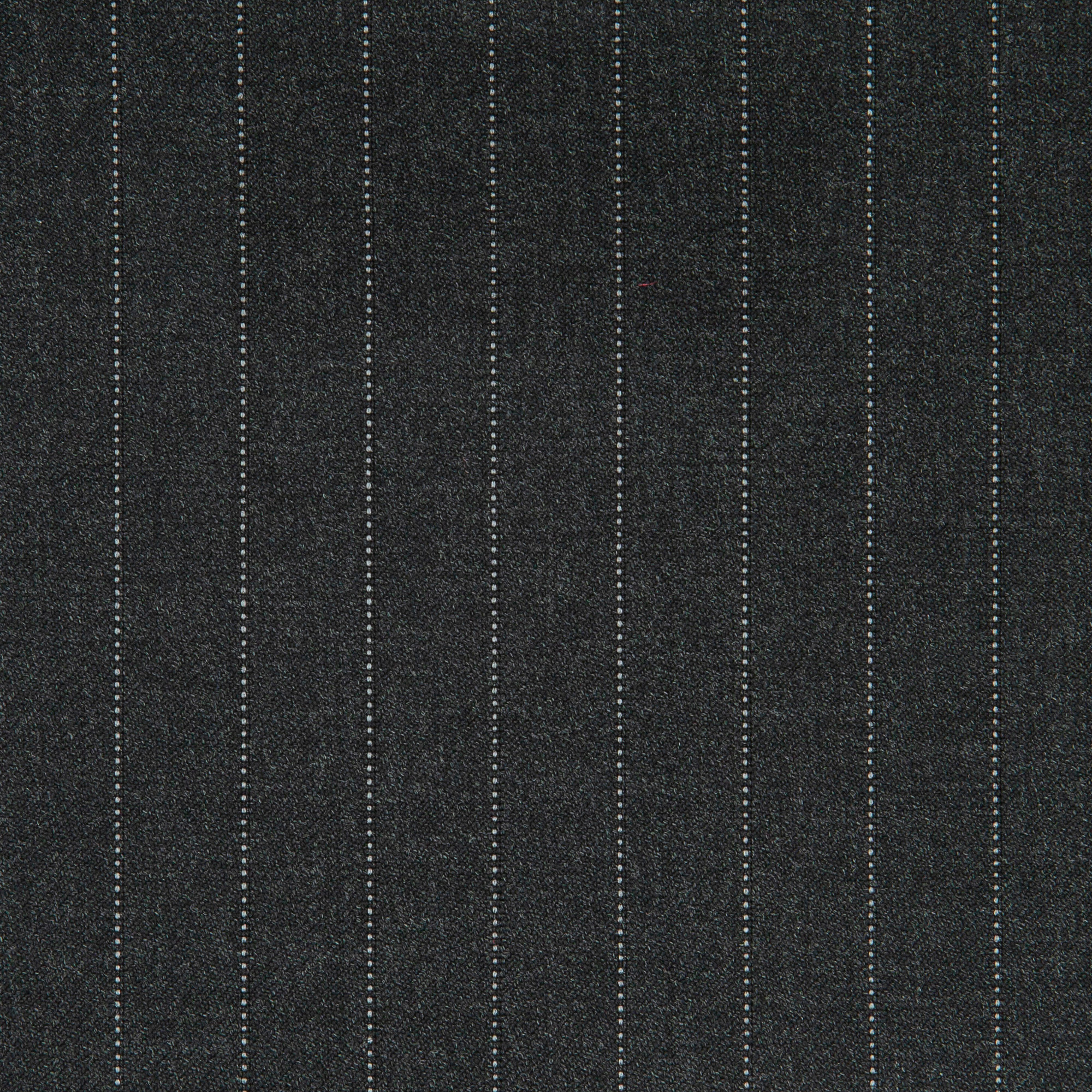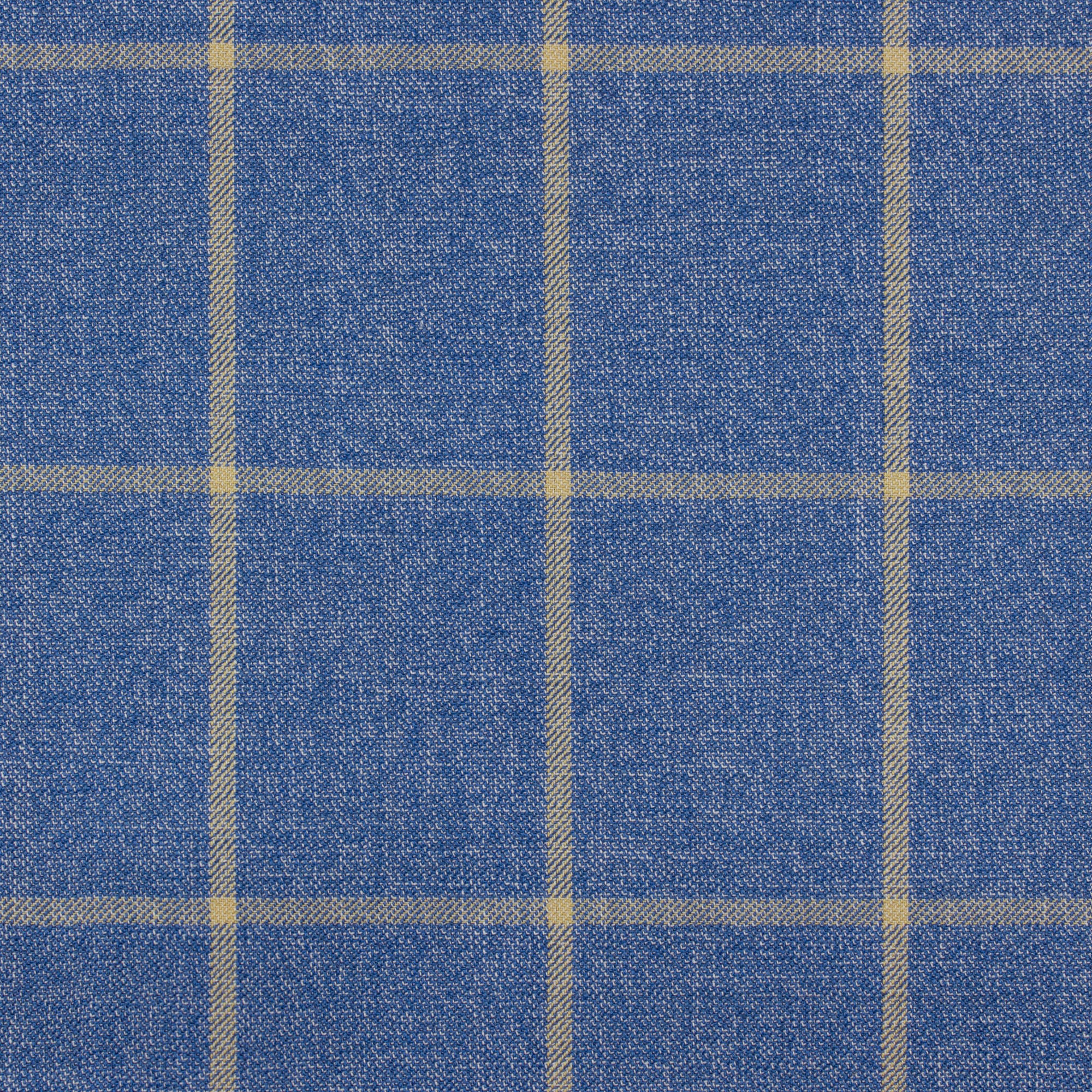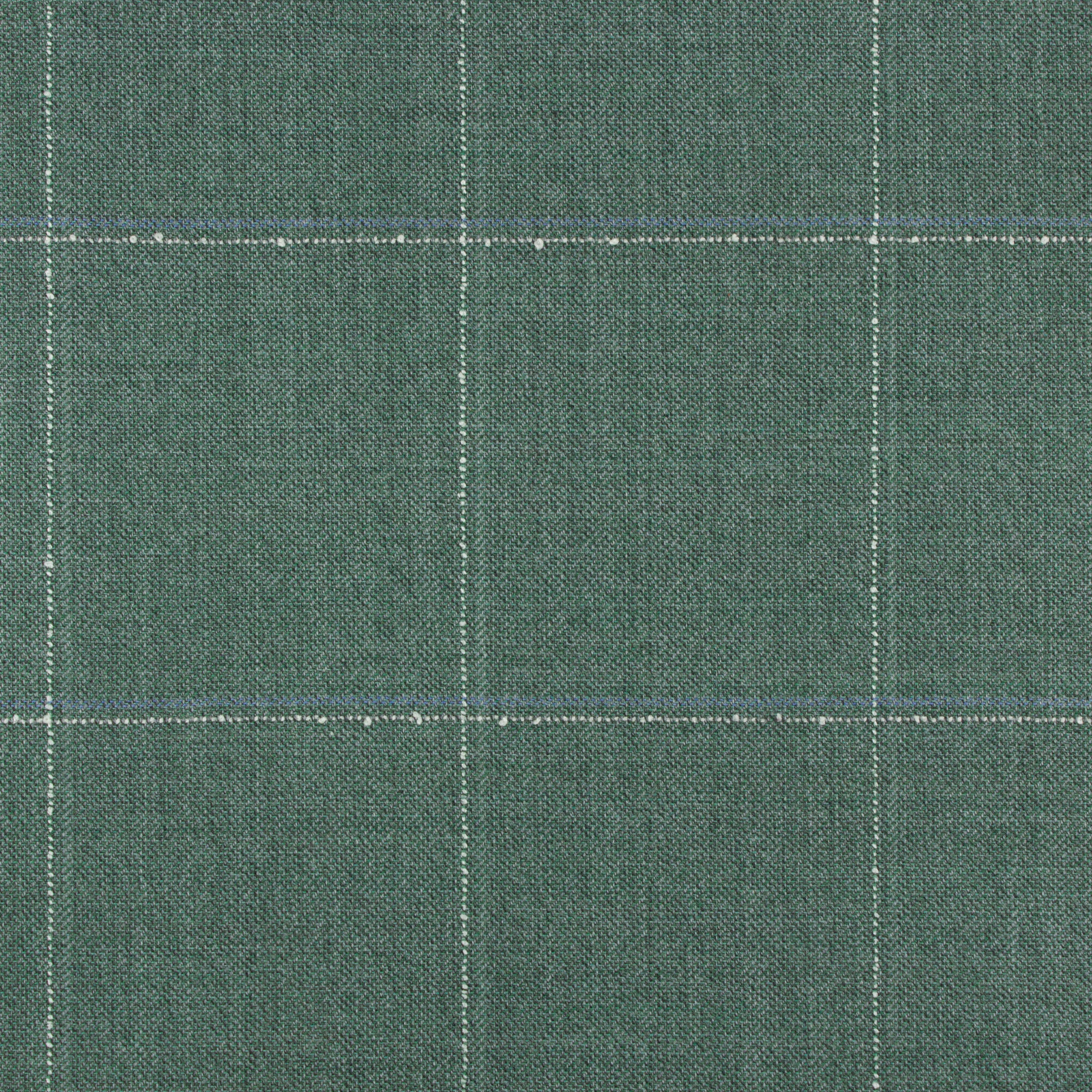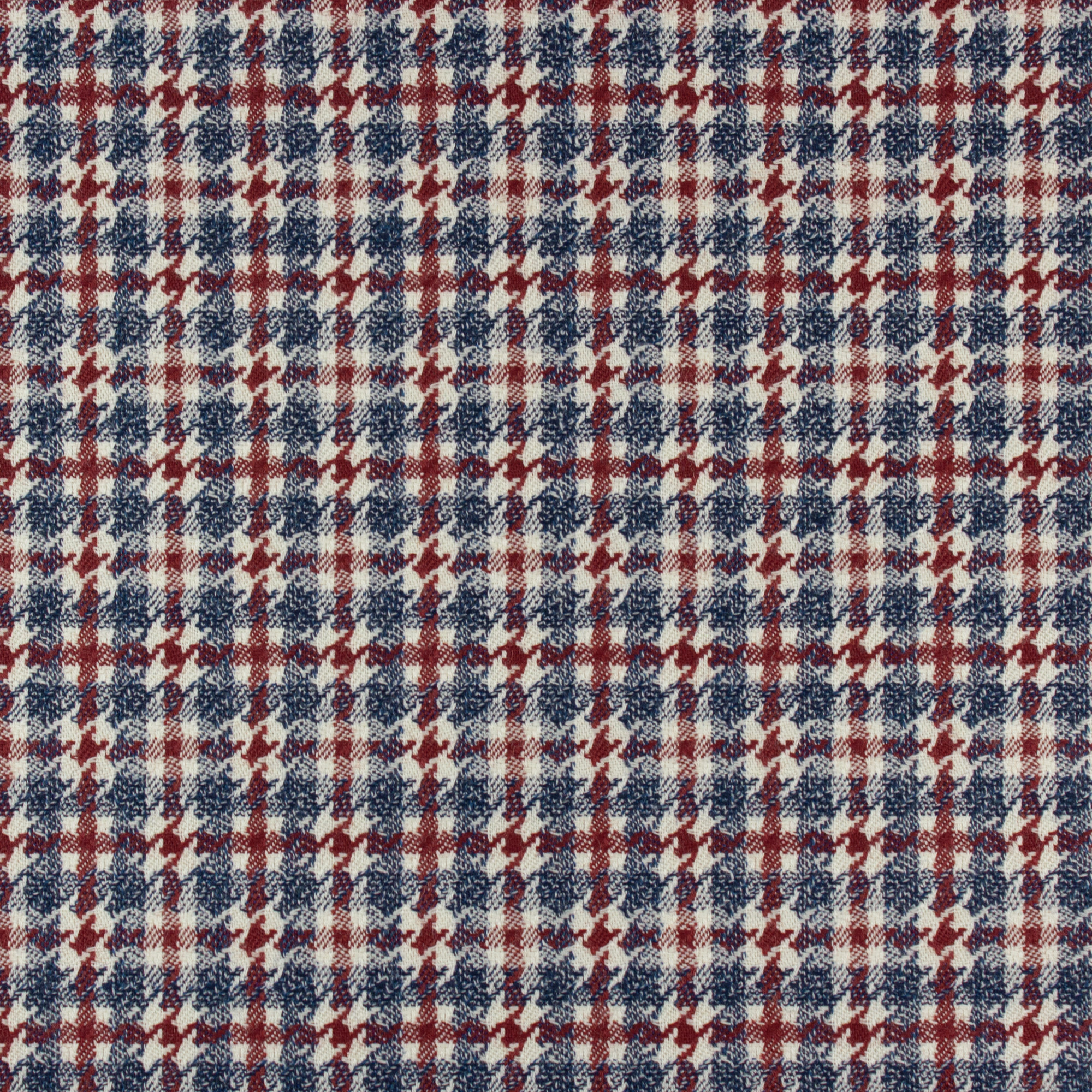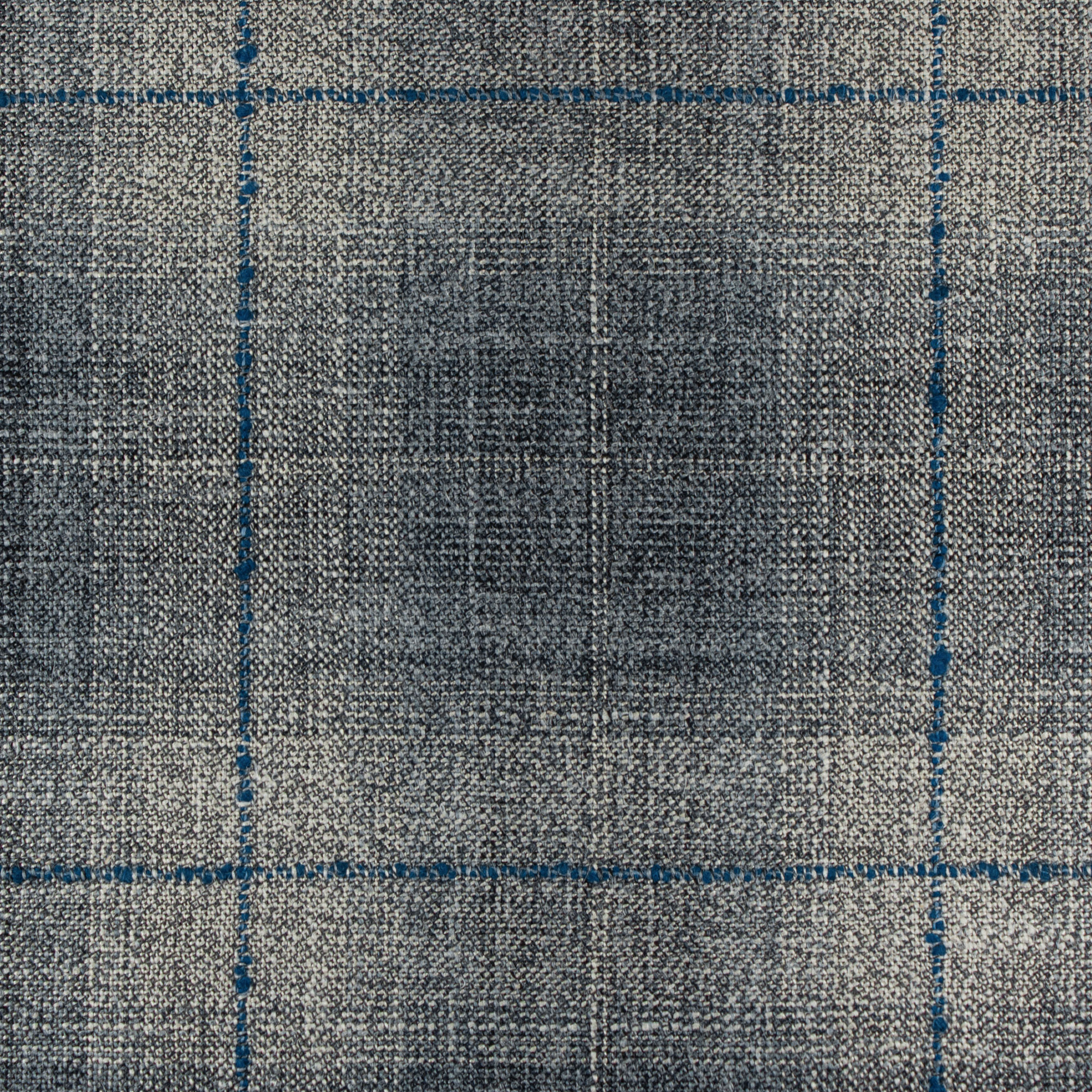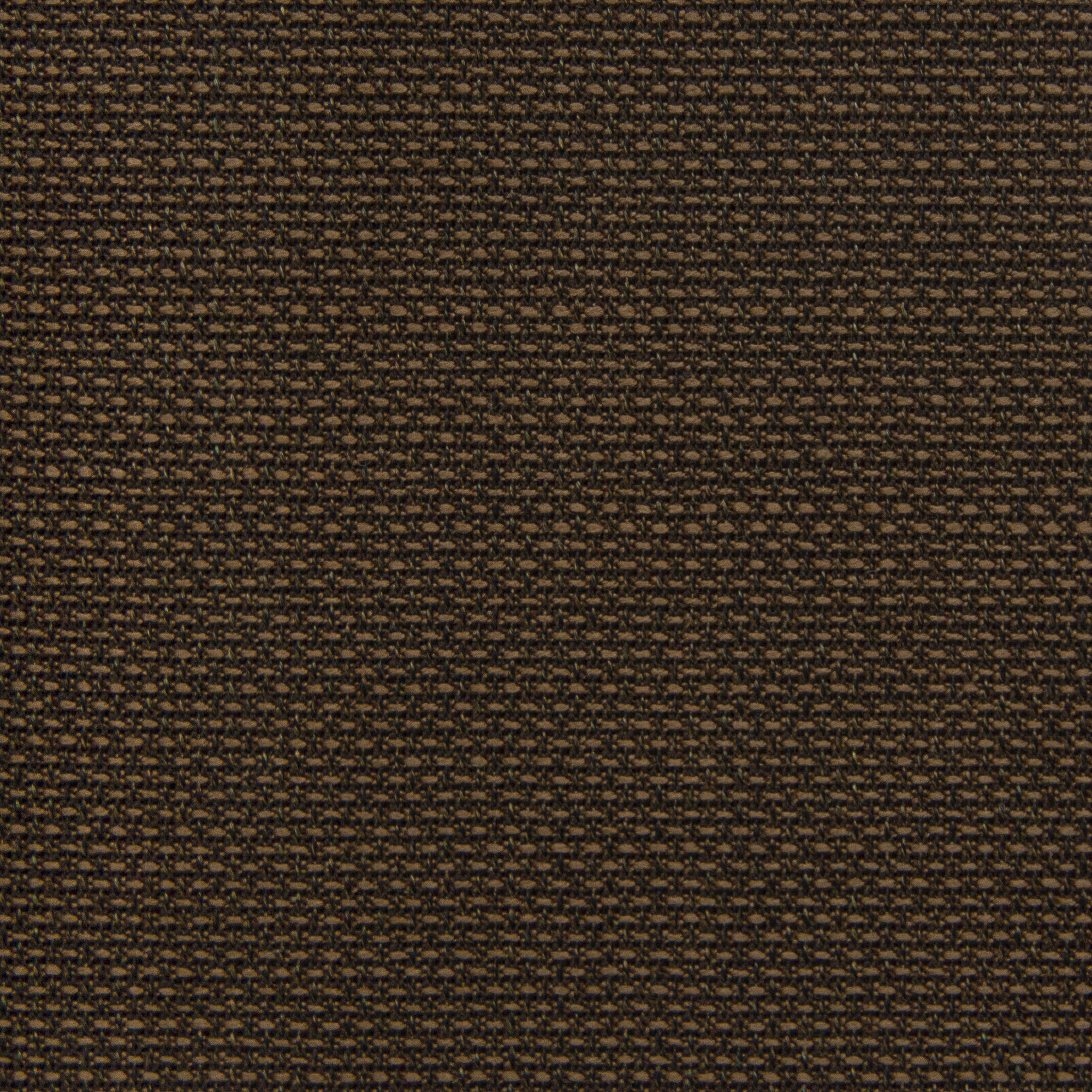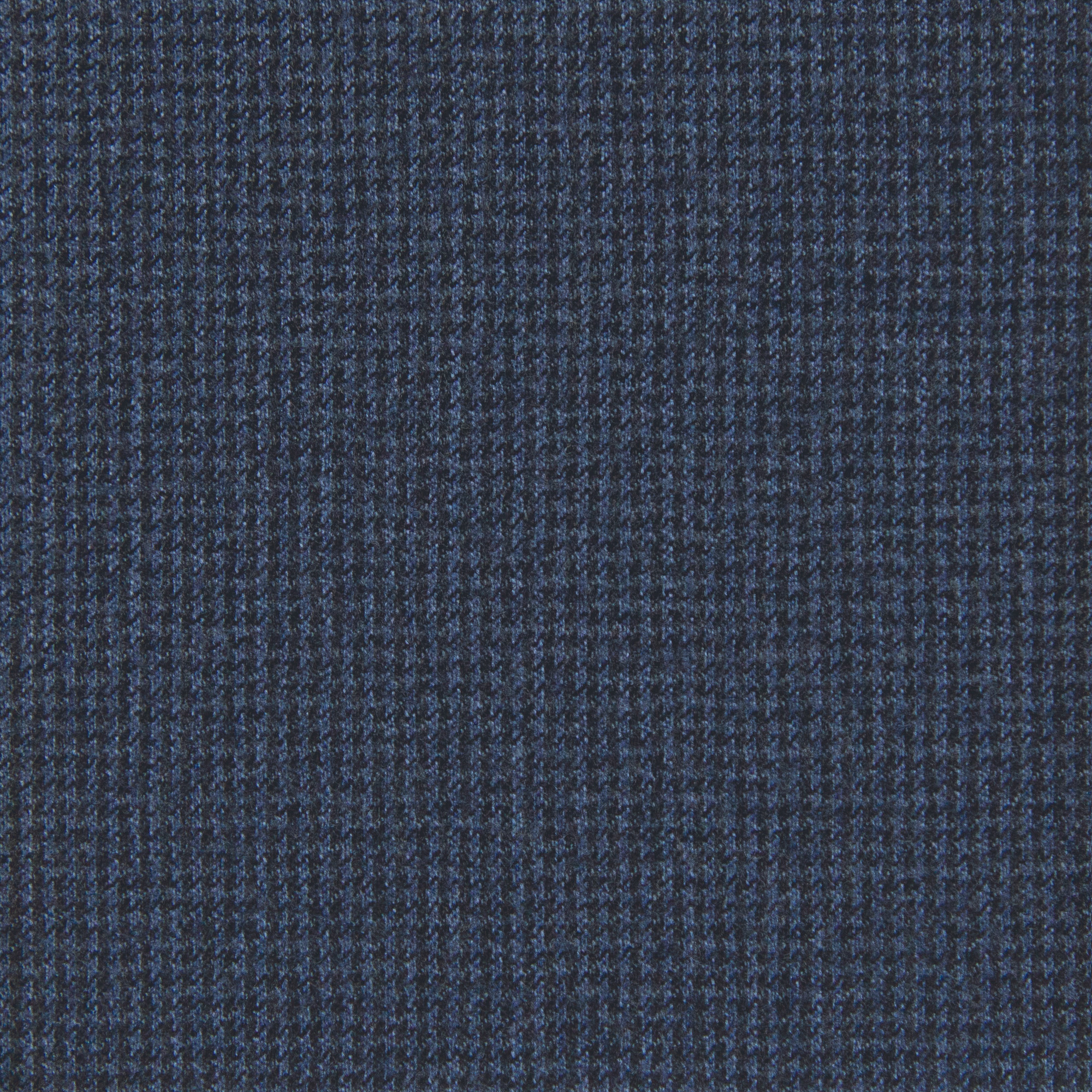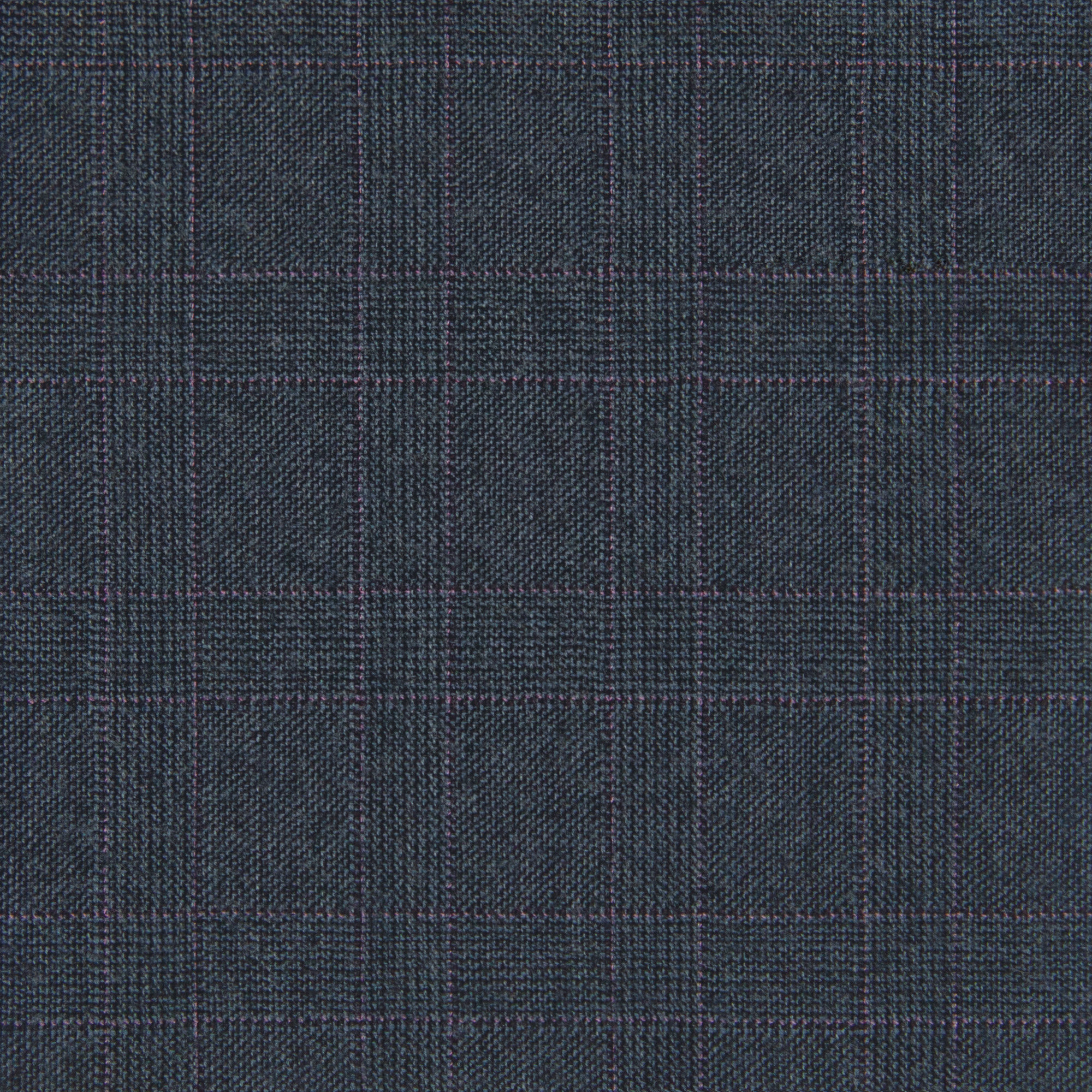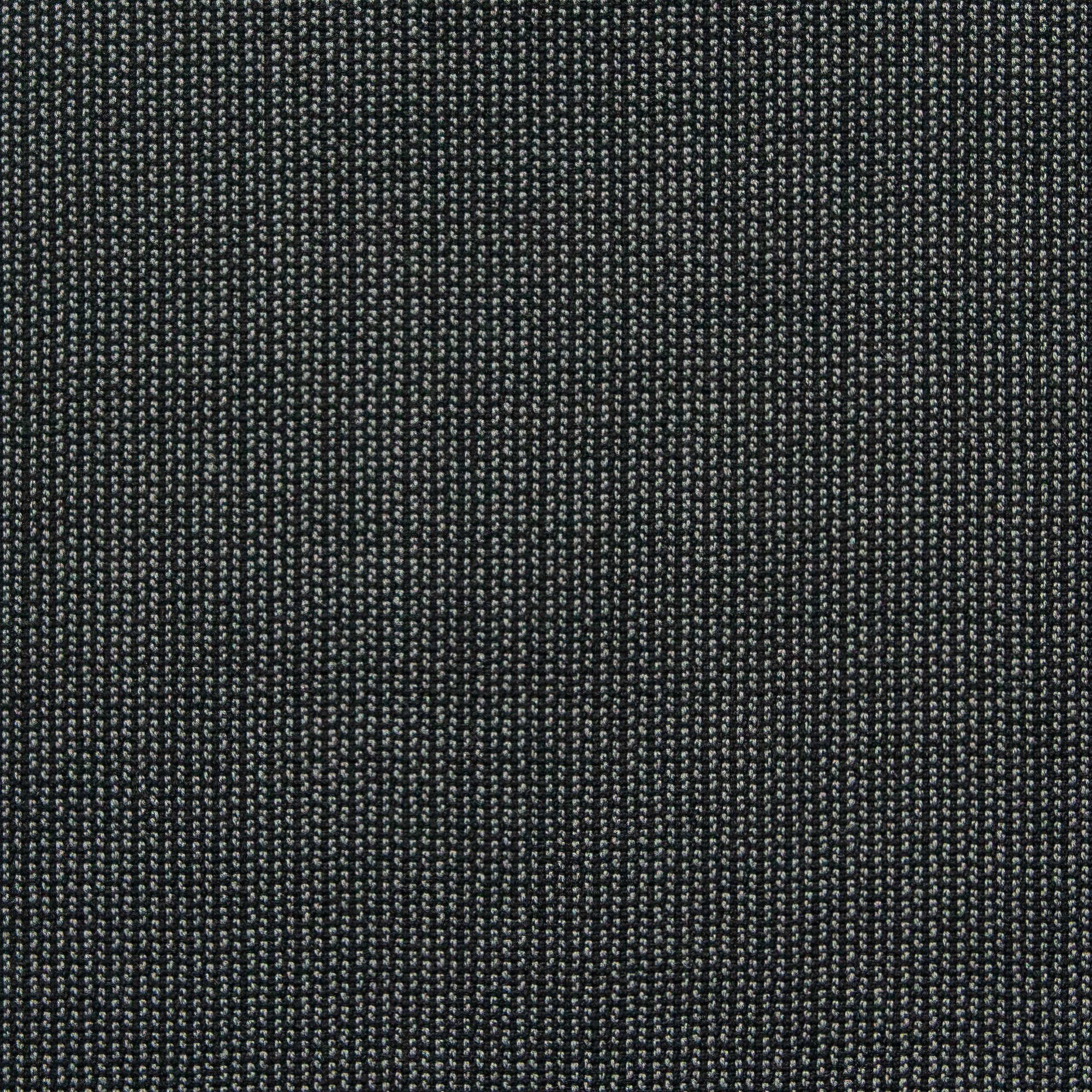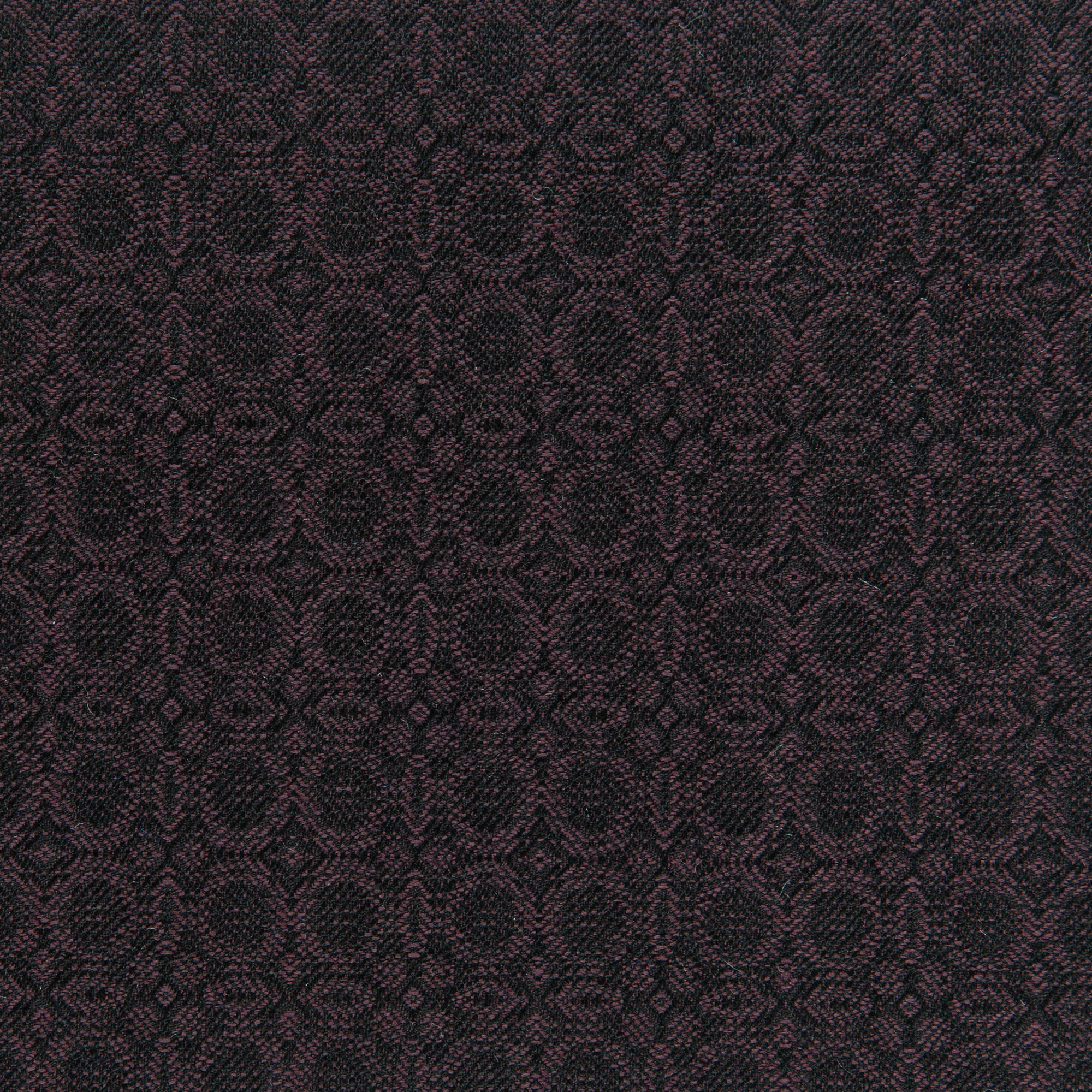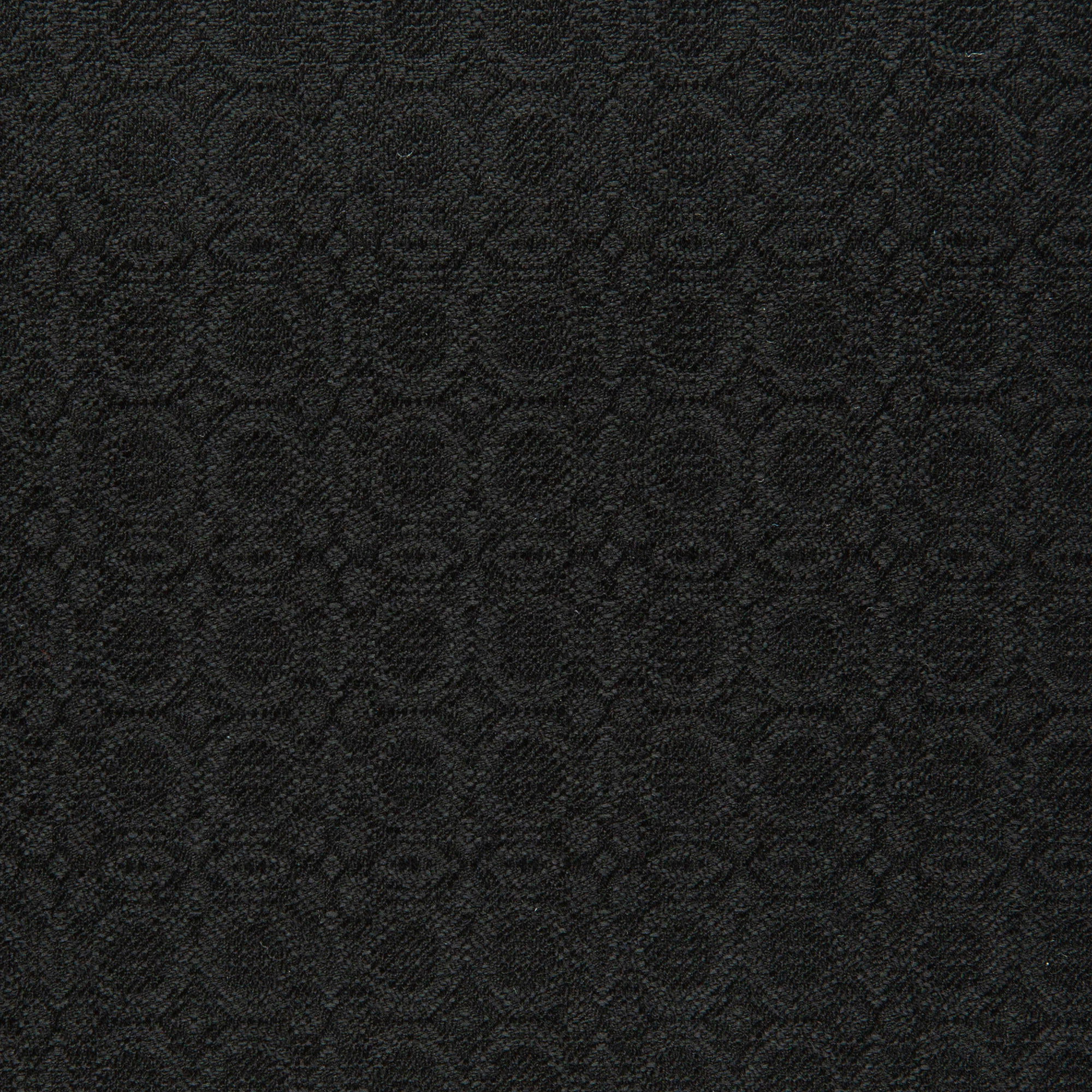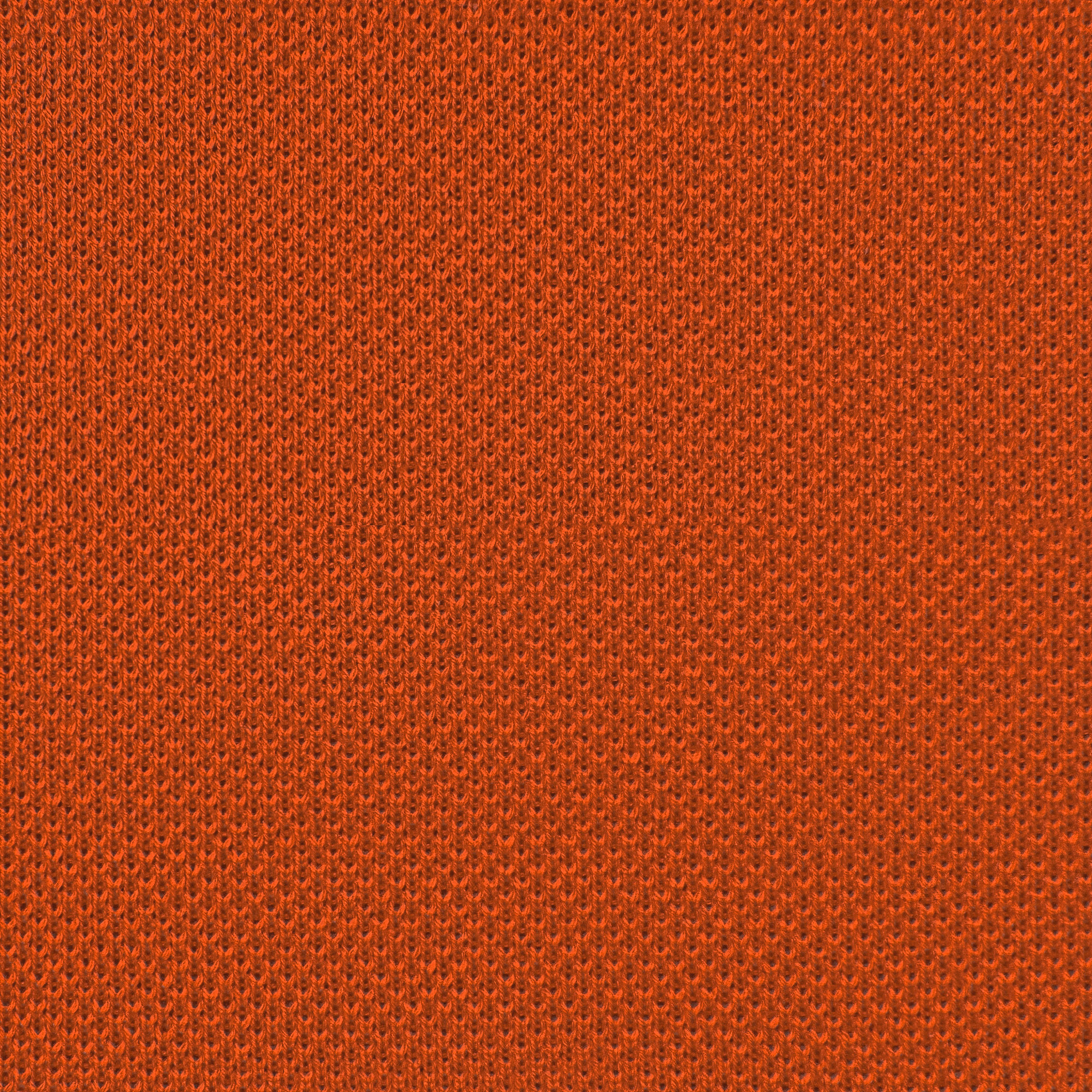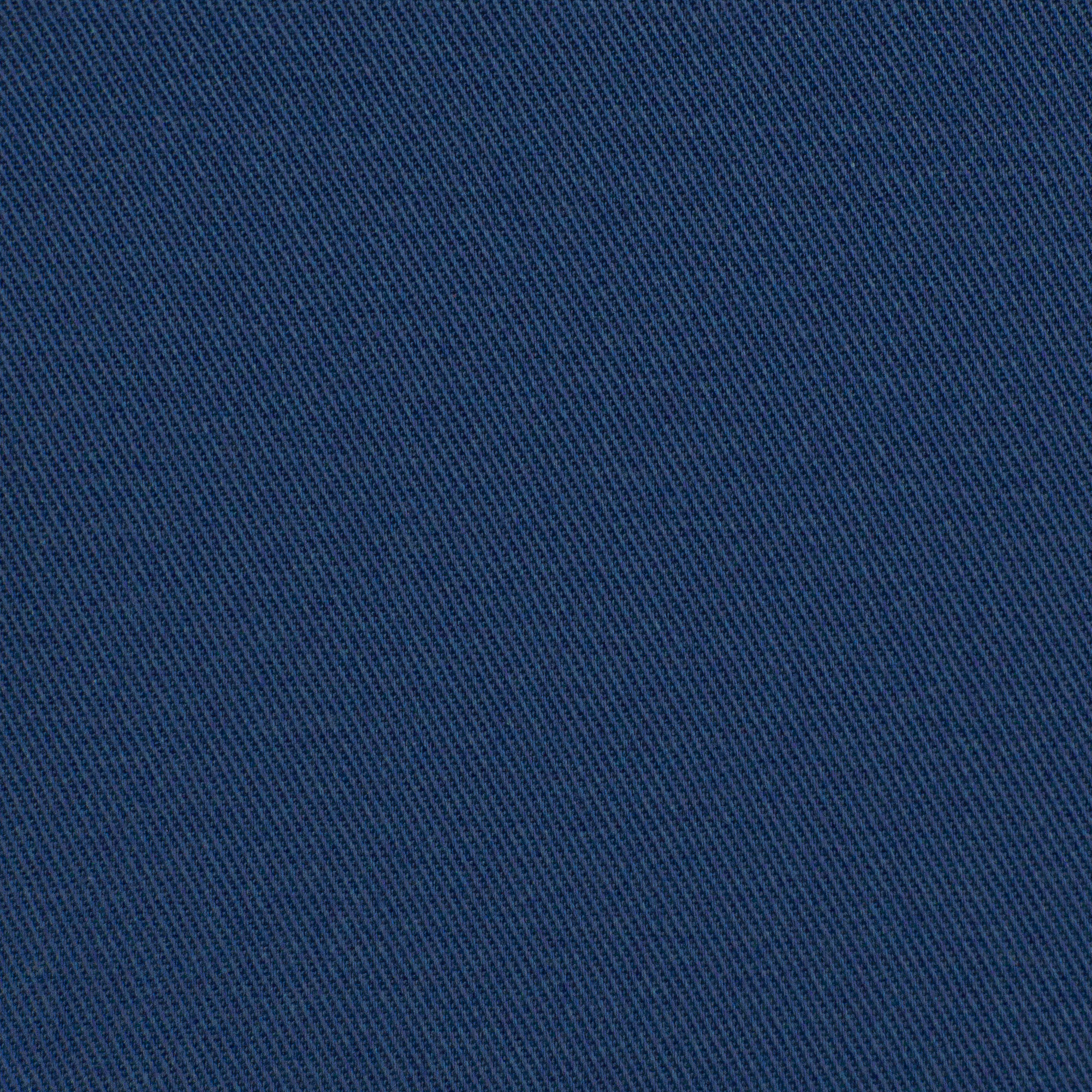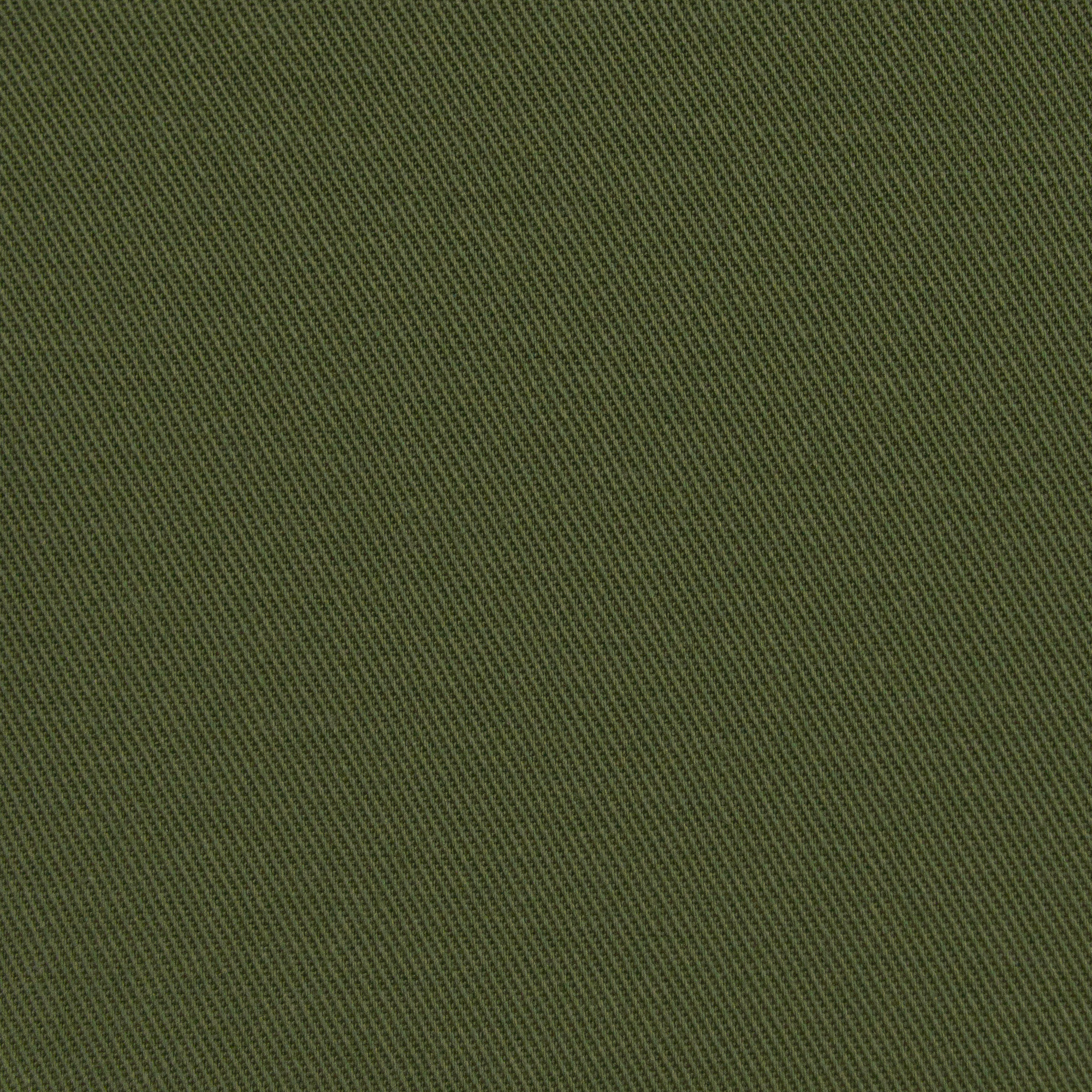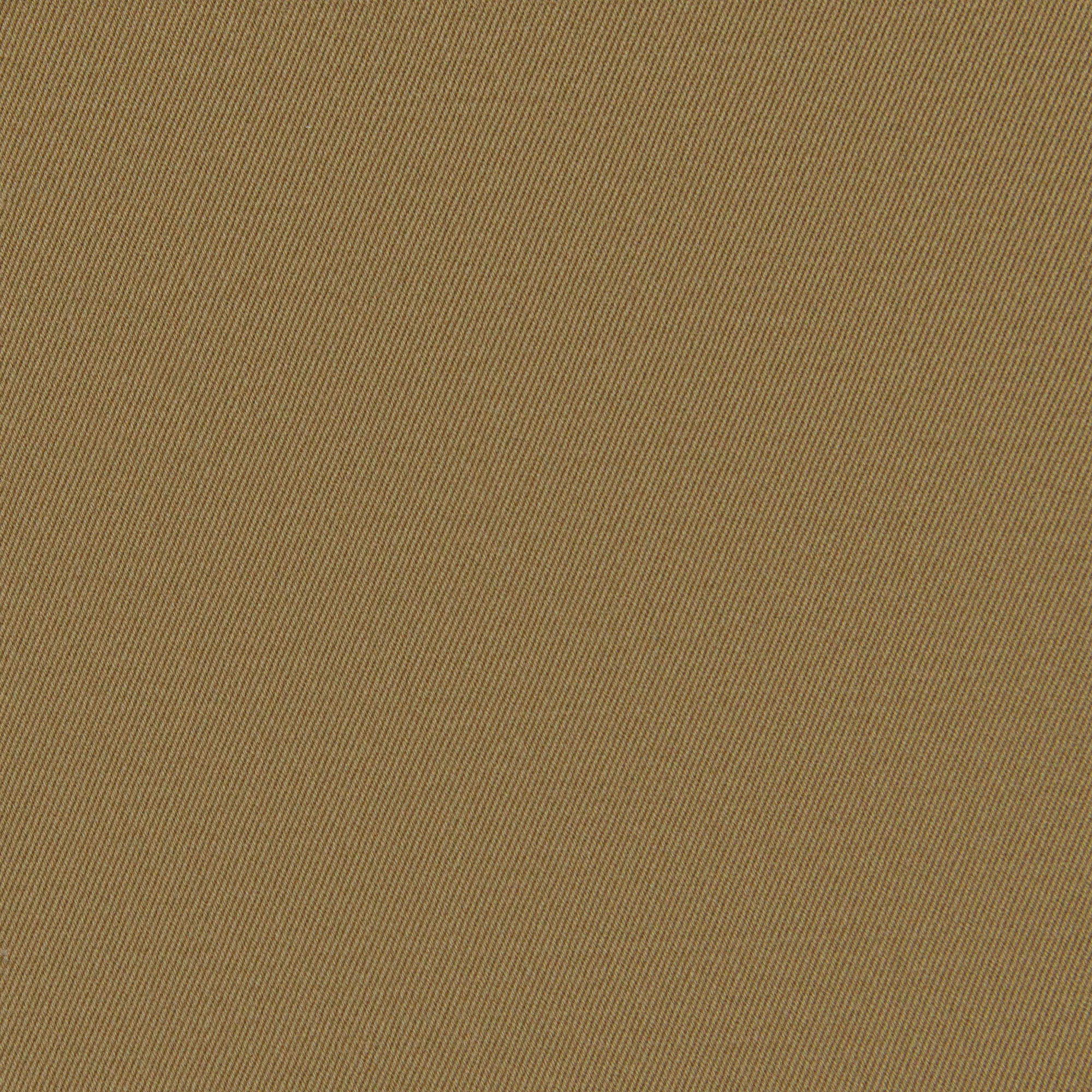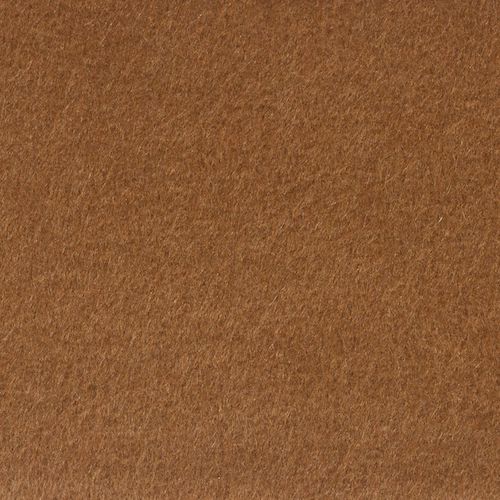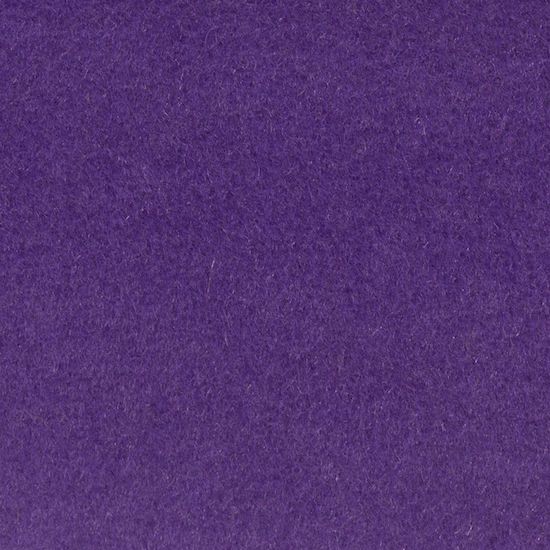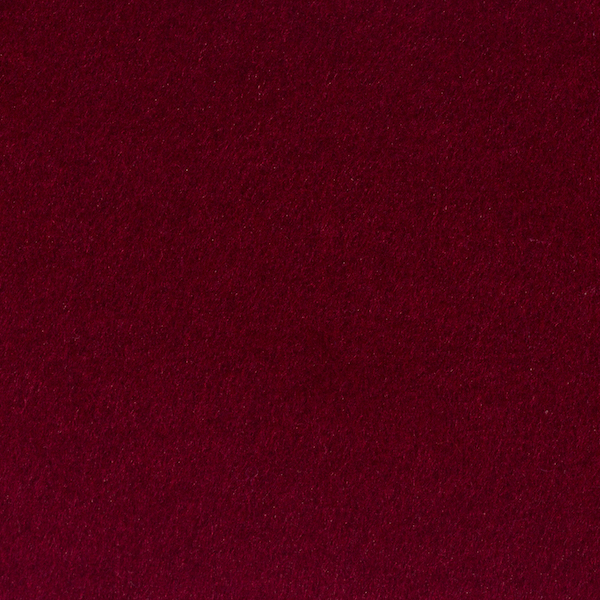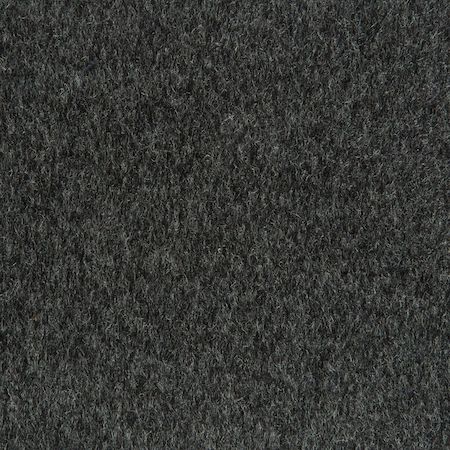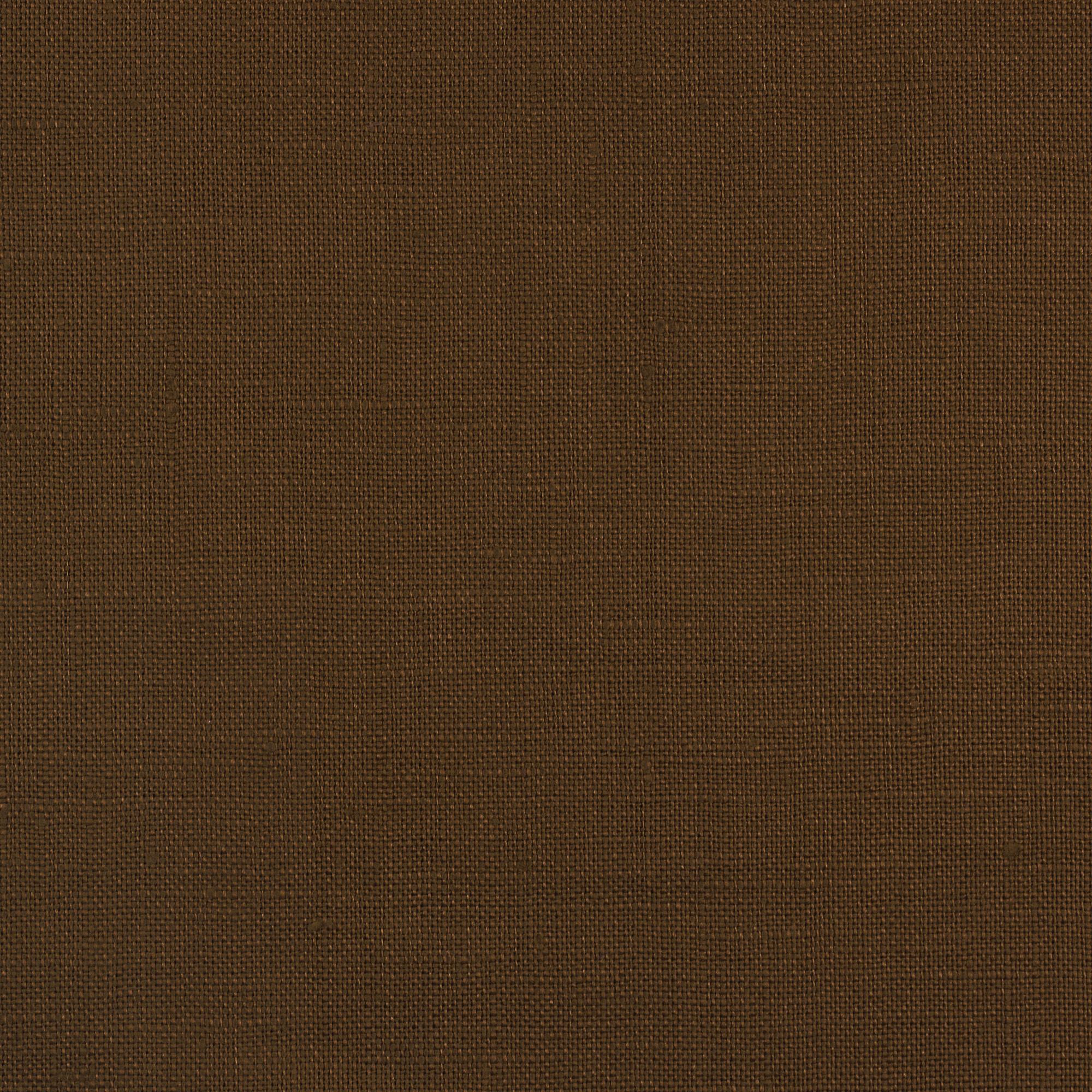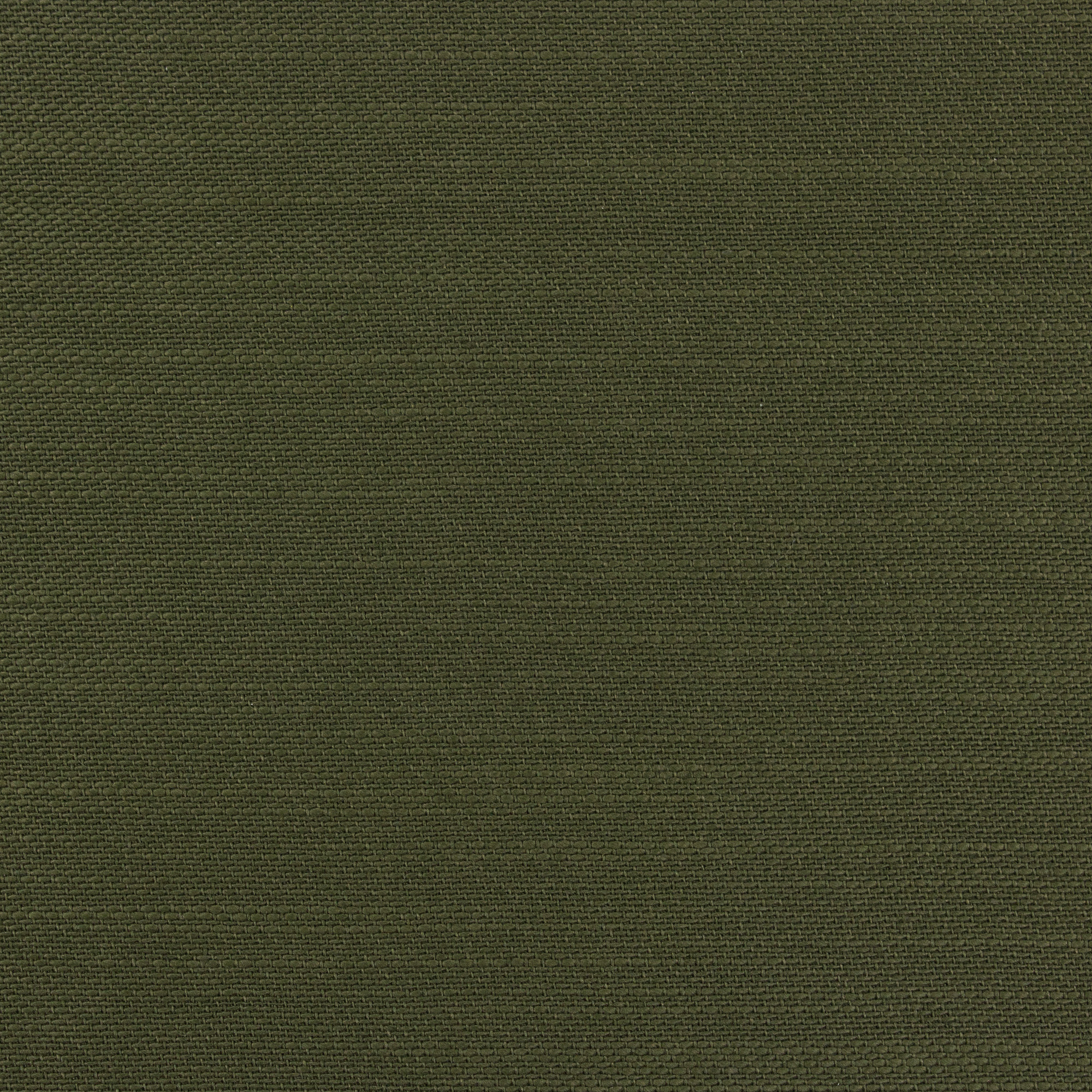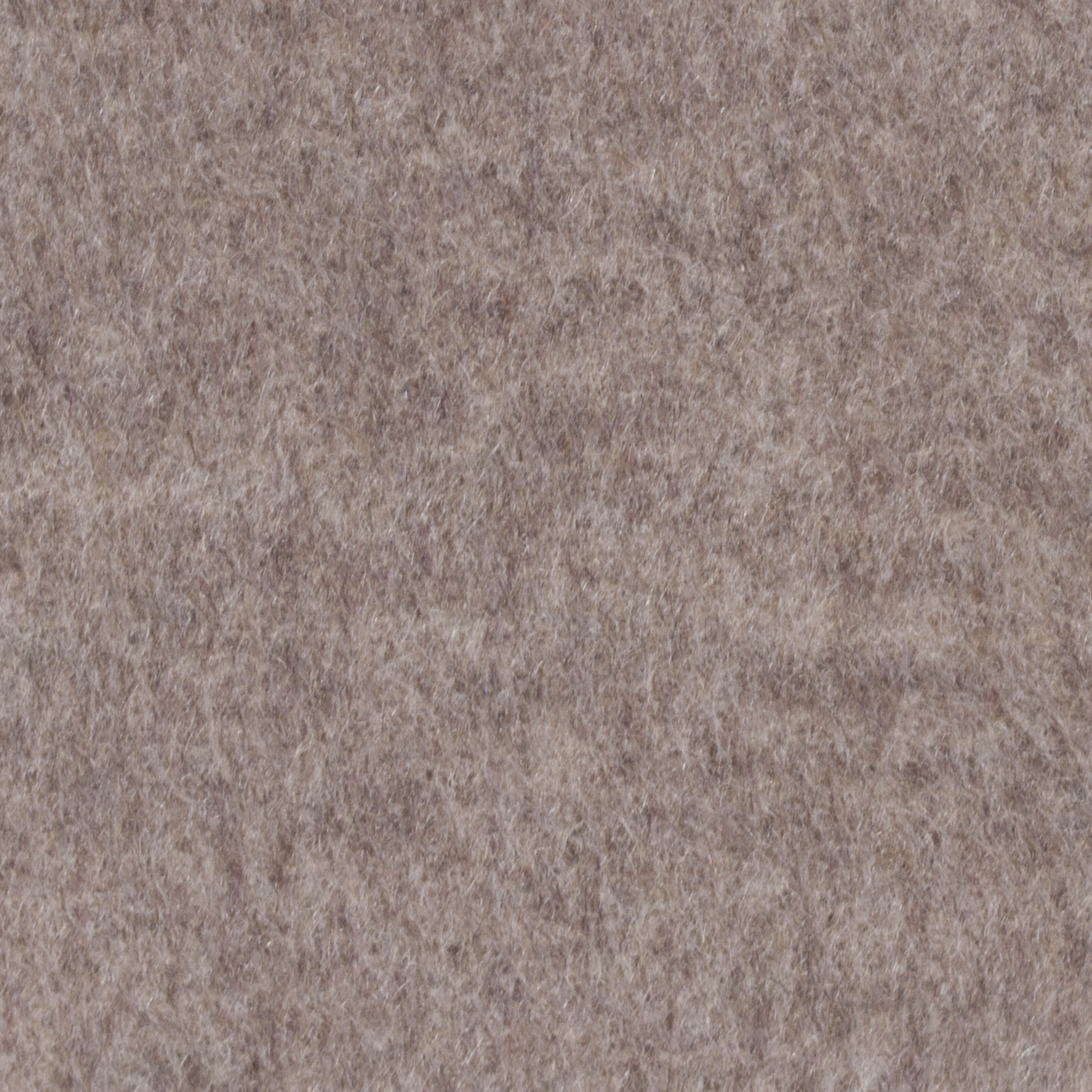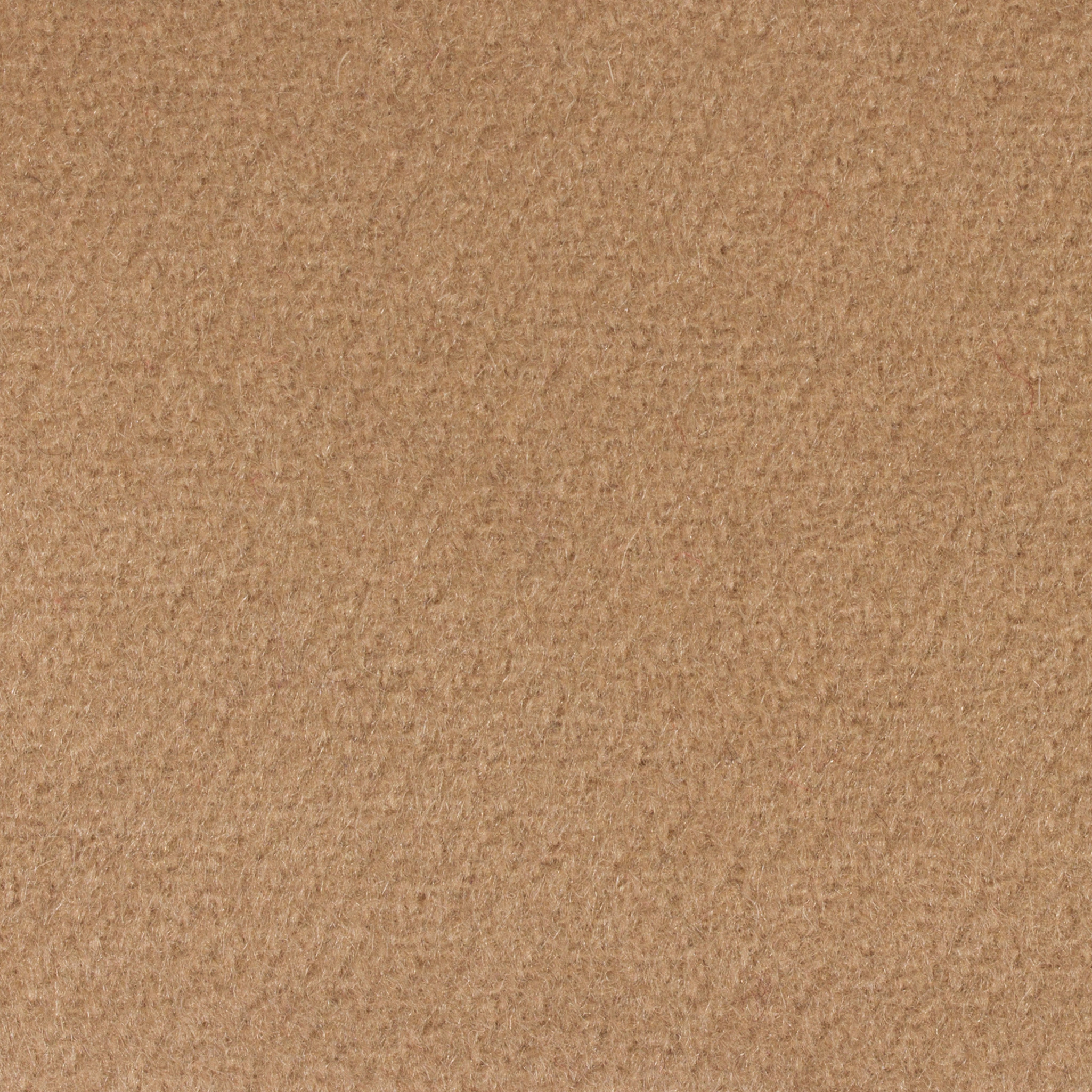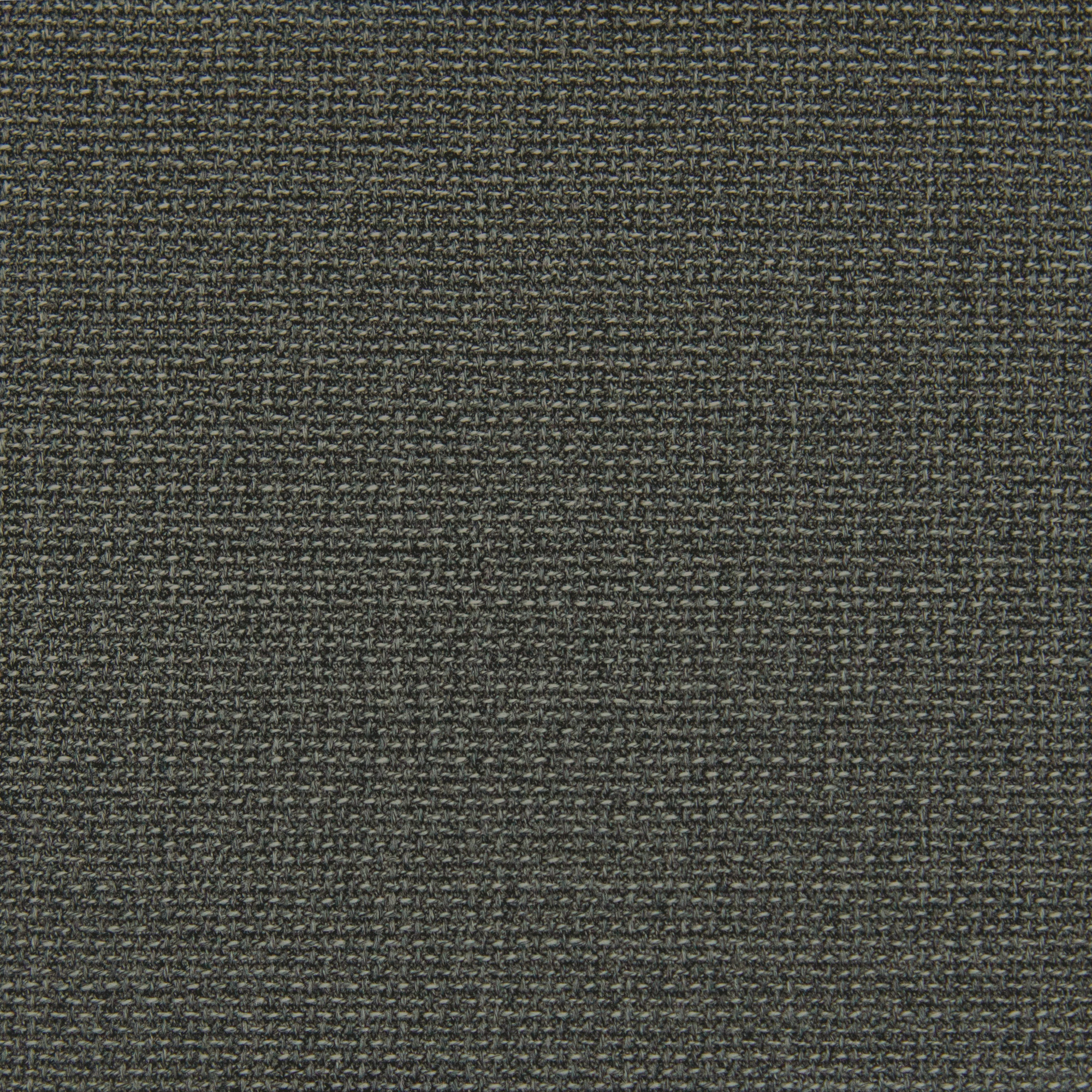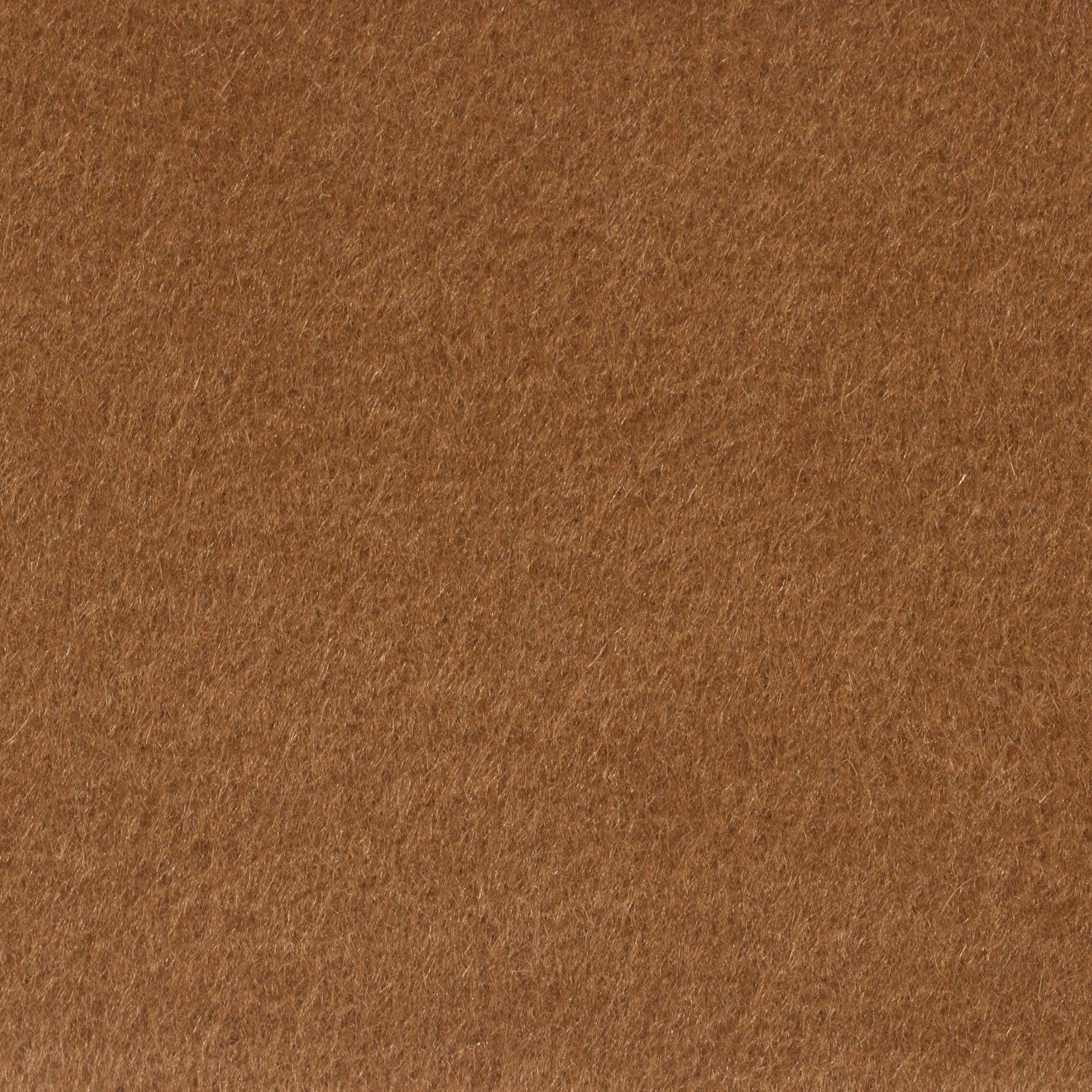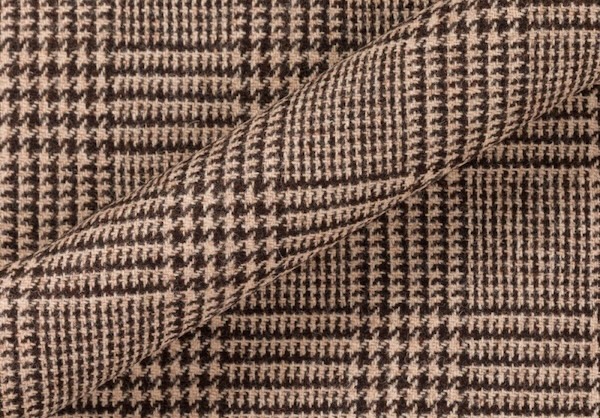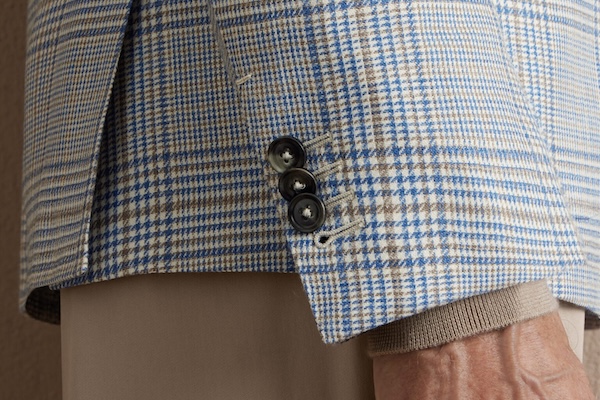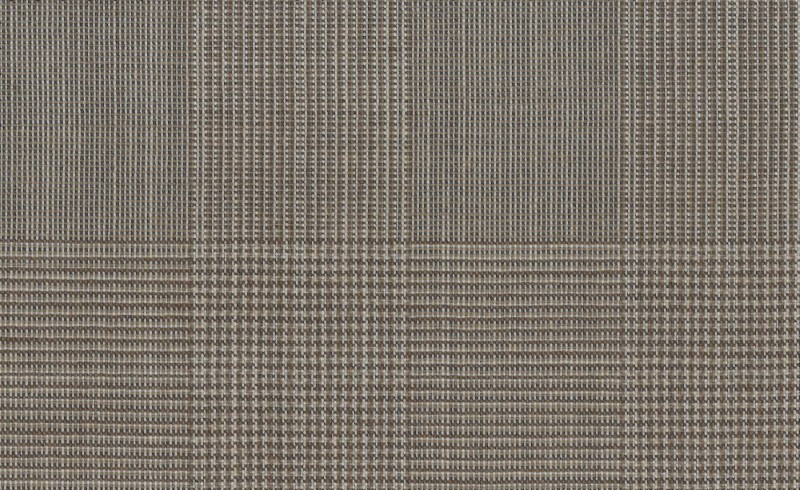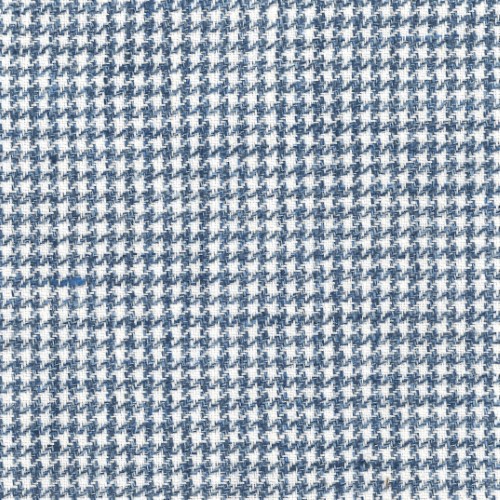Fabric weight and GSM explained for suits and shirts
With fabric, there are several types of numbers to consider that define it. Why is weight important to understand? The weight has a great deal to do with how warm you will be and how the fabric drapes, wrinkles and responds to your movements. The raw material and quality of the fabric also effects these things, but a 180GSM vs. 300GSM of any material will definitely contribute to how it feels on your body.

Fabric weight is usually measured in ounces or in GSM (grams per square meter or gm/2). Metric is more common but you will still find some mills measuring their fabrics using imperial measurements (ounces – oz or oz/yd2). Light weight fabrics would be from 180GSM to 230GSM. These would include your linens, silks, cottons and fine wools. Medium weights would be from 240GSM to 290GSM, including wool, some thicker cottons and certain silk blends. Heavy weights would be anything higher than 300GSM such as thick wool and tweed.
Breathability
The lighter your fabric is, the more breathable and summer suited your suit will be. It is no surprise that tropical climate fabrics like linen and cotton are also very light. If you are looking for something to wear all season, or when purchasing your first suit, stick to a wool in the 210-230 GSM range. This should keep you cool in the summer, and be thin enough to sneak a cardigan underneath in the winter. The heavier you go in GSM, the thicker the fabric tends to get, making high GSM fabrics ideal for keeping warm in the winter.

Fit
The weight of the fabric also affects the fit of your suit. Tailors love to work with heavier fabrics as they hold their shape more readily, and drape downwards easier. This creates a very clean and fitted look when being worn. As the fabric gets lighter, it sways more in the wind, creases easier and is more likely to get snagged on your shoulders, belt or shirt sleeves, causing a disheveled look. Heavier fabrics are usually thicker, which might cause one to look portly.
Wools
While cottons, linens and silks will not vary too much, you can find wools in a wide range of weights. Many are aware that wool comes in different thread counts, usually labeled as Super 110s – Super 160s+, but are unsure how this affects weight. It is true that as wool goes up in thread count, it will usually be lighter, but as the threads themselves can vary in size, you can still find Super 150s from 220GSM all the way to 290GSM. Italian super 150s+ usually favor the ultralight side of wool (as low as 220gsm), while British fabric mills will create a heavier variety.
Shirting Fabric Weight
Shirt fabrics will follow the same principals as suit fabrics however with less complications. Due to the various fabric materials and uses of a suit, jacket or blazer, the fabric weight choices are much more. A quality dress shirt will typically be made of cotton, linen or a blend of each. The thickness will vary less and typically range in the 100 – 200 GSM range. To separate the nuances of fine shirting and understanding of the weave and origin of the raw material is more important determinant of quality.
Fabric weight can get a bit technical, if in doubt during your first fitting your tailor will always be happy to advise you in the right direction.
